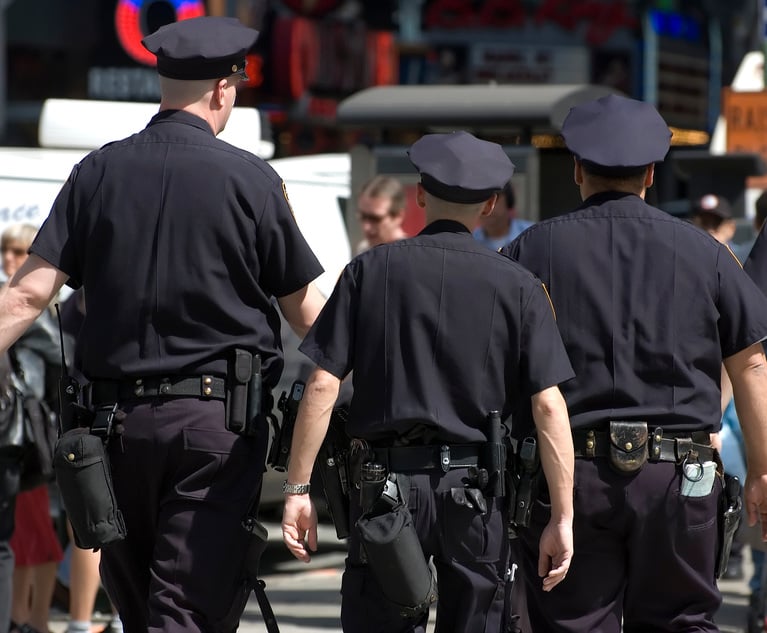 The more common association with parody is for copyrights, where a parody may be protected under the statutory “fair use” doctrine. But there is a well developed body of case law for parody under the trademark laws. There is statutory protection for a parody as a defense to a trademark dilution claim, but not for a trademark infringement claim. A trademark parody must convey two simultaneous and contradictory messages: that it is the original, but also that it is not the original and is instead a parody. While a parody must call to mind the actual product to be successful, the same success also necessarily distinguishes the parody from the original product. To the extent it does only the former, not only is it a poor parody, but is vulnerable to attack by the trademark owner. The second message must not only differentiate the parody from the original, but also must communicate some articulable element of satire, ridicule, joking, mockery or irreverent commentary. The parody relies on a difference from the original mark, presumably a humorous difference, in order to produce the desired result. The parody must be able to conjure up enough of the work to make the object of its parody recognizable.
The more common association with parody is for copyrights, where a parody may be protected under the statutory “fair use” doctrine. But there is a well developed body of case law for parody under the trademark laws. There is statutory protection for a parody as a defense to a trademark dilution claim, but not for a trademark infringement claim. A trademark parody must convey two simultaneous and contradictory messages: that it is the original, but also that it is not the original and is instead a parody. While a parody must call to mind the actual product to be successful, the same success also necessarily distinguishes the parody from the original product. To the extent it does only the former, not only is it a poor parody, but is vulnerable to attack by the trademark owner. The second message must not only differentiate the parody from the original, but also must communicate some articulable element of satire, ridicule, joking, mockery or irreverent commentary. The parody relies on a difference from the original mark, presumably a humorous difference, in order to produce the desired result. The parody must be able to conjure up enough of the work to make the object of its parody recognizable.
A key question for a parody is whether the speaker has created confusion by identifying the mark as the actual source of the message as opposed to simply the target of the parody. When parody is taken to a certain degree, it becomes clear that the trademark owner was not involved in the manufacture or sponsorship of the defendant’s product. When a parody is clear, the parodist is not trading on the good will of the trademark owner. Rather, his sole purpose for using the mark is the parody itself, and for that reason, the risk of consumer confusion is at its lowest. A very strong mark may be a more effective target of parody since its popularity and fame is exactly the mechanism by which likelihood of confusion is avoided. While a parody may engender some initial confusion, an effective parody will diminish the risk of consumer confusion by conveying only enough of the original to allow the consumer to appreciate the point of the parody. Where the unauthorized use of a trademark is for expressive purposes of parody, allusion, criticism or commentary, the law requires a balancing of the rights of the trademark owner against the interests of free speech. Because of First Amendment concerns, expressive works are given more deference than a commercial product.






